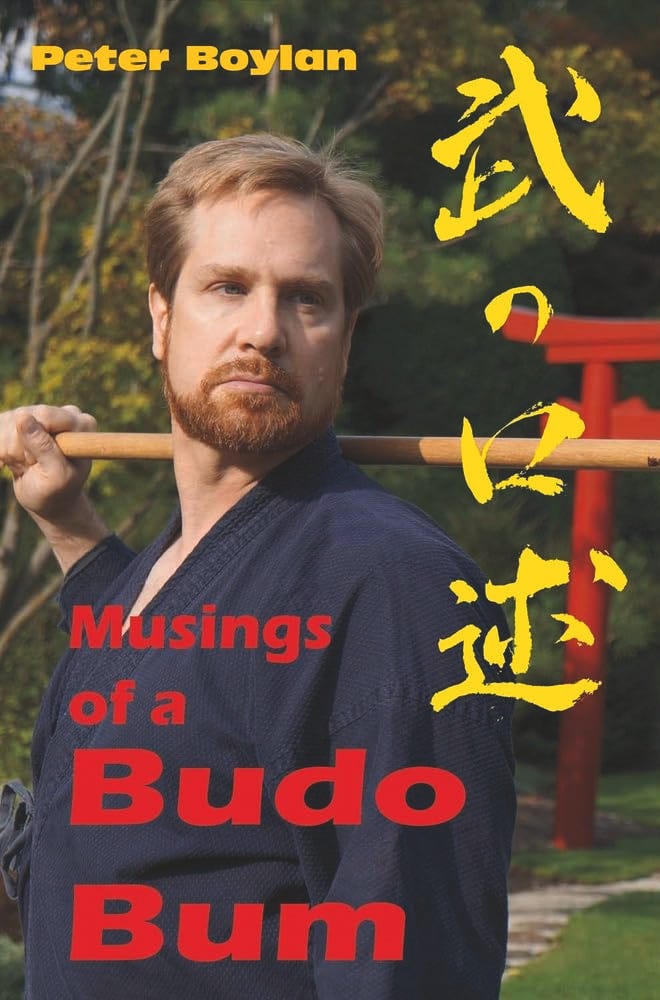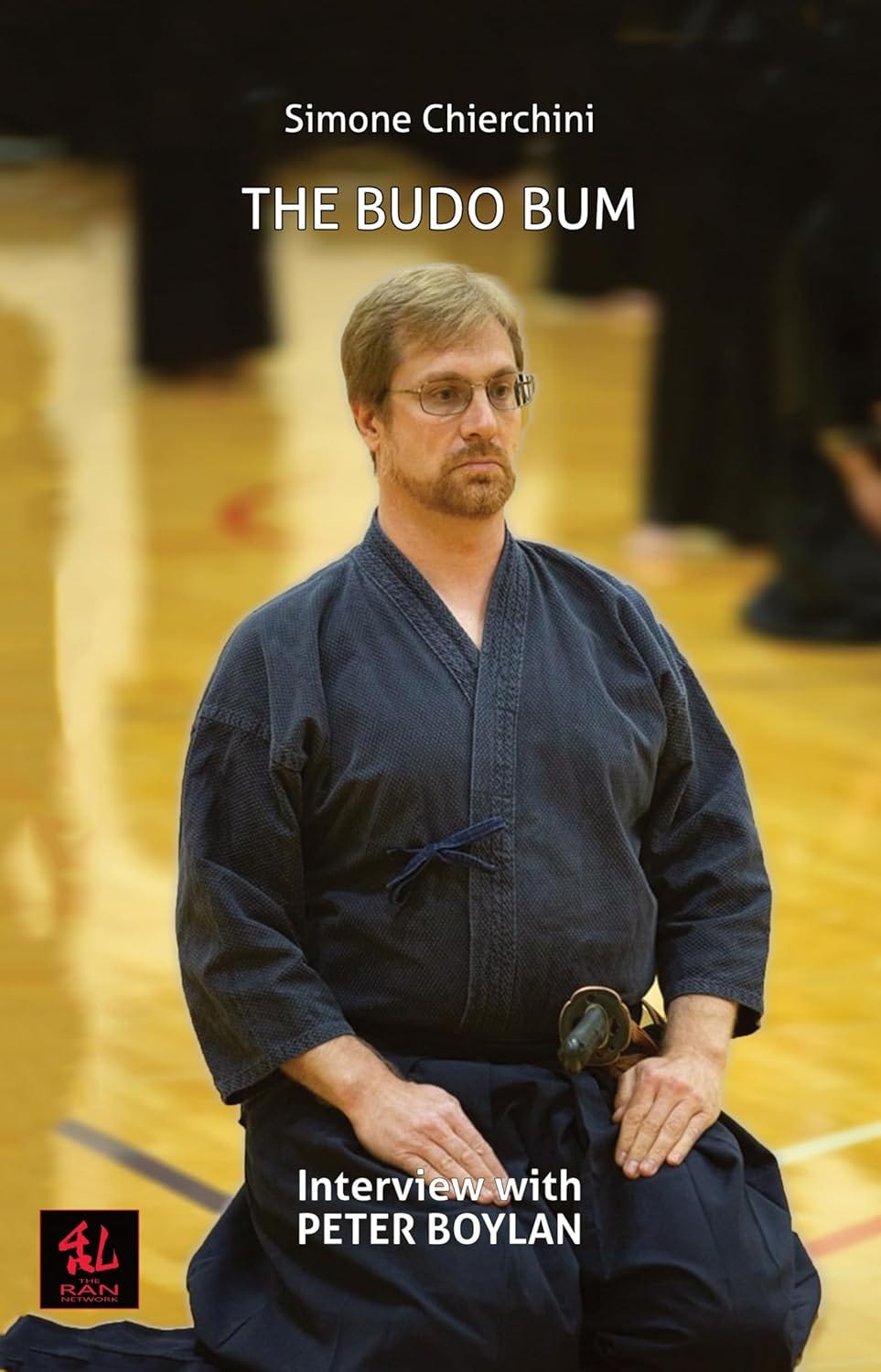Originally posted at https://peterboylan.substack.com/p/is-budo-relevant
How can budo be relevant in the 21st century, especially koryu budo, those arts established before 1868? It’s not as if anyone is training for combat with swords and spears. Close combat now is rifles and grenades, with drones quickly making even those look a bit out of date. What’s the point of training with archaic weapons, besides acting out fantasies of being samurai?
Each generation of students is responsible for understanding how their art is relevant to the world they live in. My teachers did it in their time. I did it. Now it is my students’ time. No one can do it for them.
Koryu budo training hasn’t changed substantially in hundreds of years. Through the practice of carefully developed kata, students learn and master structure, movement, timing, spacing, techniques, and refine their mental abilities so they can move and act calmly and smoothly even under extreme pressure. People throw criticism at the training method because it doesn’t emphasize competition. I’ve written critiques of competition in budo before. I won’t repeat them here. Informal sparring was always part of koryu training, even if it was almost never considered important enough to codify.
Sparring doesn’t make budo relevant. Knowing how to punch, kick, throw, choke, hit with sticks, and cut with a sword aren’t particularly relevant skills in 21st century industrialized societies. I don’t know about anyone else, but I can’t think of many lifestyles where you might expect to need those skills. We’re not all going to be police officers, bouncers, or soldiers. What makes koryu budo relevant is all the stuff that made it attractive to samurai during the 250 years of the peace enforced by the Tokugawa Shoguns. It’s not techniques that win in conflict, it’s all the other stuff. The Taisha Ryu masterwork, Kaichu, found in Unravelling The Cords - The Instructions of a Master in the Tradition of Taisha-Ryu says a little about techniques, and a lot about the mind. Takuan Soho’s The Unfettered Mind has nothing to say about technique at all, and yet it has been prized by the swordsmen of Yagyu Shinkage Ryu for four centuries.
So how do you make koryu budo ryu that are hundreds of years old relevant in the 21st century? The difficult part is learning koryu budo. Making it relevant is the easy part. No, we don’t fight in the streets with swords and spears and staves and naginata. We still fight though. Conflict is inherent in life, and the conflict we are most likely to encounter is the same kind of conflict that samurai throughout the Edo Period in Japan were most likely to encounter: social conflict. The Edo Period was more than 250 years of peace in Japan. Close combat skills were not in high demand. The mental skills and strengths that good budo training develops were though; and are just as useful when people aren’t physically attacking you as they are when your opponent is trying to physically demolish you.
Budo training is not just technical. My budo training turned out to be useful in all sorts of places I didn’t expect. It helped make me a better negotiator in business. In the dojo people regularly try to throw me to the ground, choke me unconscious, or beat me with sticks. Sometimes they succeed. People I deal with in business relationships get upset, yell, pound the table, and get right up in my face, all in an effort to intimidate and bully me. After getting used to real physical consequences in the dojo, people who get upset and emotional in meetings come off like a 2-year-old having a tantrum. It is sound and fury, signifying nothing. I wait for them to get tired, and then we do it my way.
I had a boss who liked to yell and pound tables. He yelled at everyone. He only yelled at me a couple of times. He yelled and I looked at him like I was bored. His yelling didn’t get the cringing, submissive reaction he expected from me, and he stopped trying it. I was sure he wasn’t going to physically attack me, and even if he did, I was confident it couldn’t be worse than a night of heavy judo randori.
Budo training has been remarkably relevant across every area of my life. It’s improved my understanding of what a real threat is and what is a show. It’s made me calmer and more difficult to provoke. I have solid skills for keeping myself in control when surrounded by real stress.
Training in the dojo has pushed me far out of my comfort zone. Then it redrew the boundaries of what I’m comfortable with to include places I would not have imagined when I started judo all those years ago. Good budo training isn’t comfortable. It pushes us. It demands that we grow. It expands the realm in which we are comfortable.
Koryu budo training is kata based. That makes it accessible for beginners. They can start out at an intensity that is well within their comfort zone. They don’t have to worry about getting smacked in the head with a stick if they make a mistake. Over time though, the intensity level increases. The room for making a mistake and not getting bruised keeps shrinking. Students collect a few bruises and learn that getting hit is just something that happens, and that they can take it. The intensity level keeps going up. Students, not really beginners anymore, realize that they like the way intense training feels, and they push themselves harder, and smile when they collect the occasional bruise.
What are increasing along with the intensity level are the student’s mental abilities. They are learning to assess spacing and timing. They understand clearly when someone is close enough to be a threat, and when they aren’t. They know how to wait until their partner’s strike is descending at their head and can’t be redirected before they move inside the strike and take down their partner. The amount of pressure it takes to make them tense keeps going up. They go after each other in practice with more intensity but less tension. The intensity level increases, but they’re still calm and relaxed.
Koryu budo trains you to be aware of the person attacking you. It also teaches you to be aware of yourself. To improve your skill, you can’t be focused outside yourself all the time. You have to be aware of yourself as well. You have to read yourself as well as, or better than, you read your opponent. You can read when your partners are nervous or tense or focused or distracted. As you learn to recognize these states in yourself, you learn to control them, redirect your kokoro, your heart/mind, to where you want it for whatever is coming up. This is vastly more difficult than reading an opponent. It’s easy to lie to ourselves, and that’s dangerous when people are trying to hit you with sticks.
Before you can read yourself effectively, you have to be honest with yourself about where your heart/mind are. Only when you are honest with yourself about that can you begin to work out why and then learn to bring yourself back to where you need to be. This isn’t any fun, but it will make you a stronger, more adaptable, and resilient person. Once you’ve learned the techniques and the kata, the real work of koryu budo training begins - training your heart and mind.
All of these things make budo relevant. Yes, you learn to fight with archaic weapons. You learn spacing and timing. You learn how to attack, and how to absorb an attack. You learn when someone is a threat, and when they are just acting threatening. You learn to be calm under intense stress, and how to regain your calm if you lose it. Then you start learning about yourself, which is always relevant.
As always, my deepest thanks and appreciation to Deborah Klens-Bigman for editorial support.













